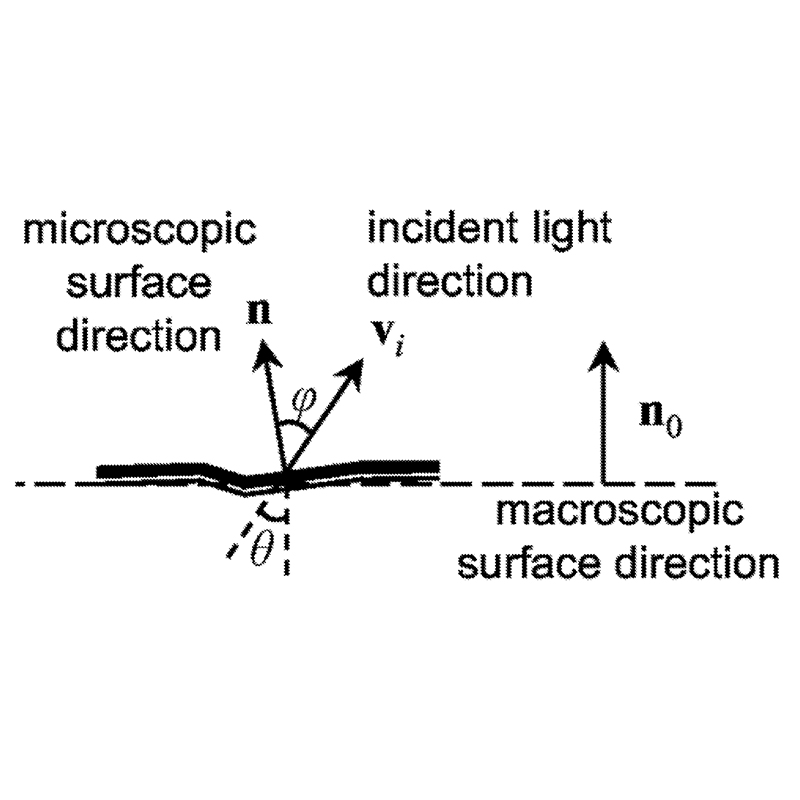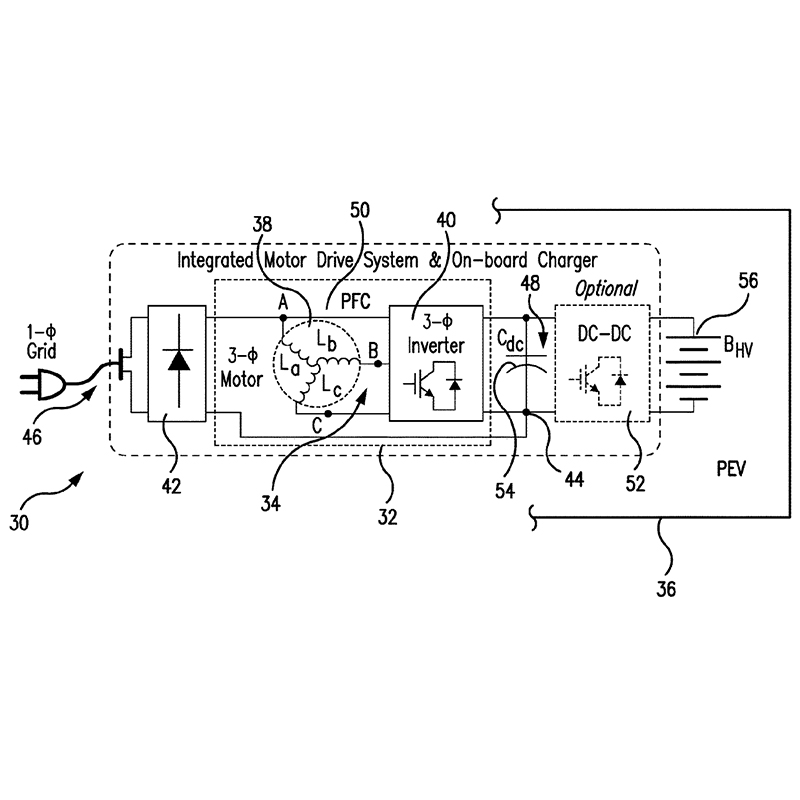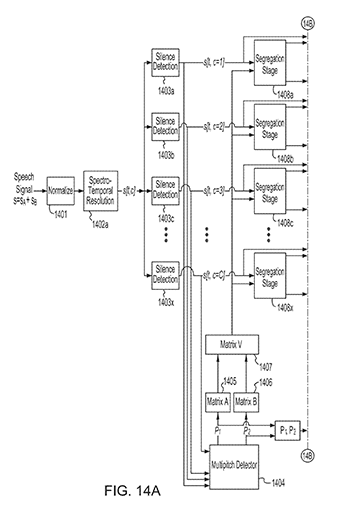News Story
Profesor Emeritus Thomas McAvoy receives US Patent 8,042,209
Professor Emeritus Thomas McAvoy (ChBE/ISR) and his colleagues have received U.S. Patent 8,042,209 for “Techniques for Compensating Movement of a Treatment Target in a Patient.”The invention will improve the radiological treatment of tumors in cancer patients through the use of a real-time tumor motion compensation system. The system is used with a treatment couch that will ensure accurate delivery of radiation without increasing patient discomfort, treatment time and cost, or decreasing biological effectiveness.
During the delivery of treatment, a state of the patient is measured to produce real-time measurement data. Measuring the state is non-invasive; and the measured state is a correlated surrogate for position of the target site.
Compensating movement data is determined based on the real-time measurement data to cause the target site to maintain a particular spatial relationship with the treatment delivery device. Either the treatment delivery device, or the support structure, or both, are moved based on the compensating movement data. When the delivery device alone is moved, the correlation between measured state and target site is based on partial least squares applied to pre-treatment measurements of both.
The patent is one of the results of National Institutes of Health research conducted by McAvoy, Professor Warren D'Souza (Department of Radiation Oncology, University of Maryland Medical School), and Professor K. J. Ray Liu (Electrical and Computer Engineering). You can read more about this research here.
In addition to McAvoy, the patent is shared by D'Souza, X. Cedric Yu, William Regine, and Mohan Suntharalingam.
| View information on this and other ISR patents on our patents page |
Published November 1, 2011




